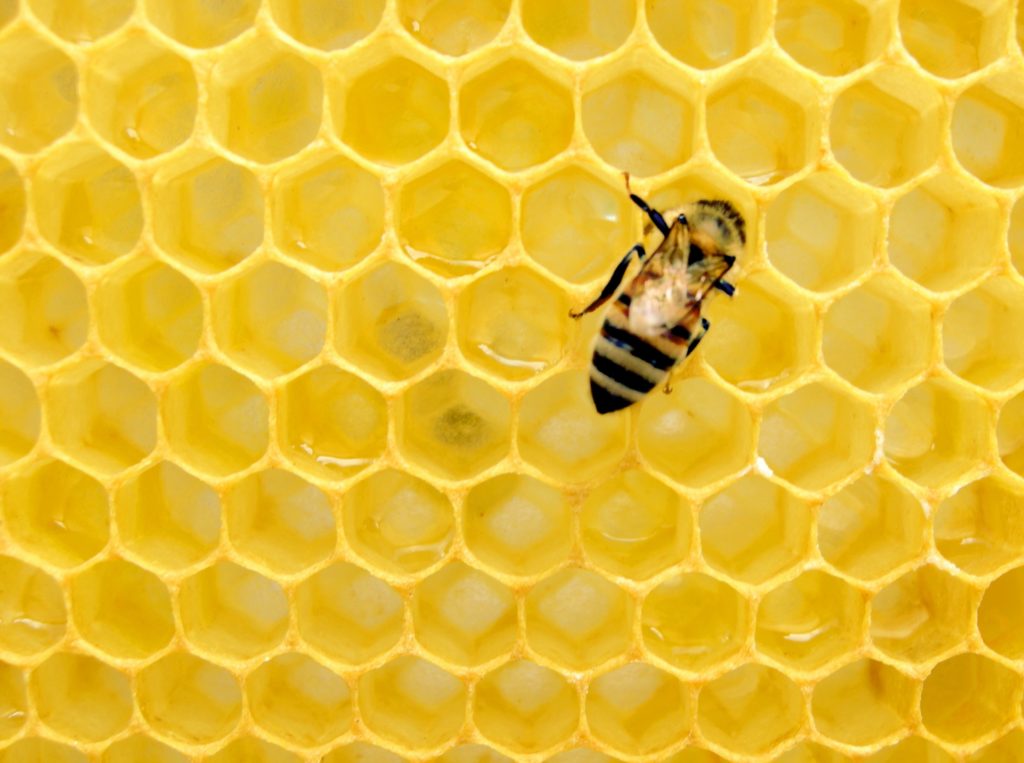Honey is one of the best sugar alternatives available today. This natural sweetener is commonly used as a substitute for refined sugar as it is less fattening and has a lower glycemic index as well. Honey doesn’t just sweeten your food; it also contains essential nutrients and natural enzymes that support your health and wellness.
Did you know that aside from making your desserts tastier and more flavourful, honey also has medicinal properties? It has antibacterial properties that make it a powerful tool against infections. That is why professional beekeepers take extra care in keeping their beehive colony safe from pests, which may weaken the bees and affect the production of honey. Some even go as far as getting varroa mite treatment and other pest control remedies to keep their beehive colony from infestation as these may cause the spread of viruses and pathogens between and among bees.
Honey as an antibiotic
Honey has been used traditionally as an additive to food and medicine. When applied topically, it was found to have both antiseptic and antimicrobial properties. According to the National Information for Biotechnology Information, the topical application of honey in severely infected wounds rapidly clears infections. It also supports wound healing by promoting the regeneration of tissue.
The antibacterial, antifungal, and antiviral benefits of honey are primarily attributed to its low pH level and the bacteriostatic and bactericidal presence in its DNA. These same factors give it its immune-modulating and anti-inflammatory properties. Moreover, the high sugar content of honey also allows it to inhibit the growth and spread of bacteria.
How to use honey
There are many different ways to use honey for medicinal purposes. It may be applied directly to the skin or ingested with other natural ingredients, depending on what you need to use it for.
For wounds
Honey may ward off infections and help cuts and wounds heal faster. Here’s how:
- Clean the wound. The rule of thumb for dressing wounds is to always keep the infected area clean before applying anything. To start, wash the contaminated area with mild soap and running water. Gently pat dry before proceeding with the next step.
- Add honey to the dressing. Topically applying honey to a wound is one of the best ways to fight infection and promote wound healing. To keep the procedure simple and less messy, apply the honey directly to the clean dressing before applying the dressing to the infected area.
- Secure the dressing. As soon as the dressing is in place, secure it with a micropore or surgical tape. Secure all the sides, but make sure it’s neither too tight nor too loose.
- Replace the dressing. Follow the same procedure when you replace the dressing the same day. Just make sure your hands are always clean when you dress wounds.
For skin irritations
The topical application of honey goes in many ways. If you are looking to fight skin problems and irritations sans an open wound, you may directly apply the honey to the affected skin. Just make sure your skin is washed, clean, and dry before application.
Honey may be a bit too sticky, so you have the option to add in other ingredients, depending on what kind of skin problem you want to address. Standard options include cucumber juice, aloe vera juice, apple cider, lemon zest, and apple cider vinegar.
For internal infections
Another option when using honey as an antibiotic is to ingest it. That is recommended if you have an internal infection, such as a high fever or flu. To start, combine grated garlic with a tablespoon of honey. Drink this several times a day to fight infection and bacteria growth. As an alternative, you may also substitute garlic with turmeric and ginger.
The right kind of honey

There are many jars of honey for sale in stores, but how can you know which of these are pure and unadulterated?
Some sellers add extenders such as starch and molasses in the jars of honey they sell. In contrast, the natural producers sell nothing pure, raw, and organic honey made by honey bees that naturally collect nectar from flowers.
Fortunately, you can tell the fake ones from the real thing by doing the water test. If the honey settles at the bottom without dissolving, then it’s pure.
Honey offers a multitude of benefits against wounds, rashes, and internal infections. It is also suitable for the skin. However, you must always practice caution when using honey on infants. In case of an accidental application or ingestion, call your pediatrician immediately.




